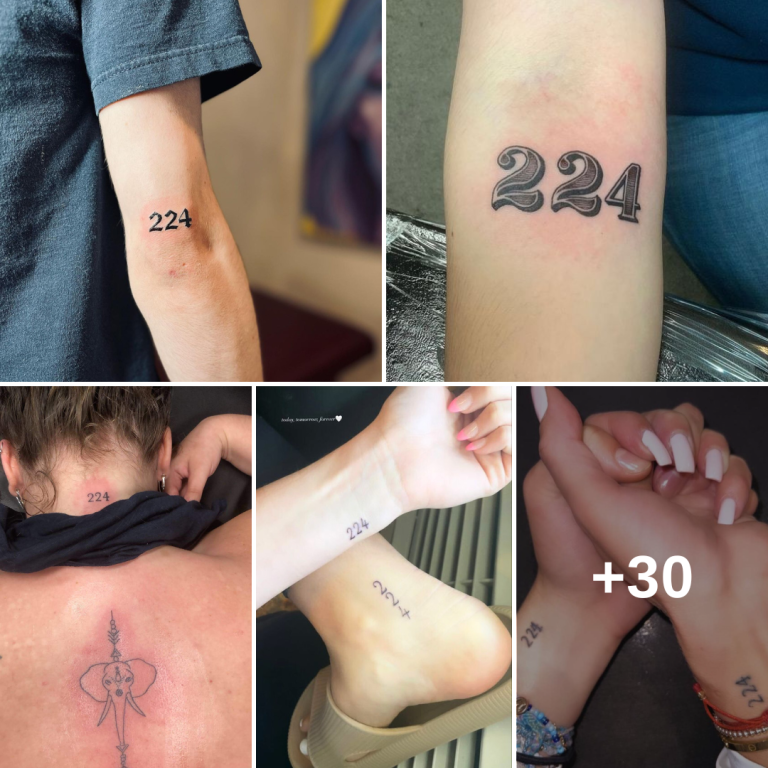The Art Of Professional Tattooing: Techniques For Masterful Designs
The Art of Professional Tattooing: Techniques for Masterful Designs
With sheer excitement, we engage in the interesting discussion around The Art of Professional Tattooing: Techniques for Masterful Designs. We will present thoughtful information and give the readers a fresh perspective.
Video about The Art of Professional Tattooing: Techniques for Masterful Designs
The Art of Professional Tattooing: Techniques for Masterful Designs

Tattooing has been a form of artistic expression for centuries, and with the rise of modern tattooing, the industry has seen significant advancements in techniques, tools, and artistry. Professional tattooing requires a deep understanding of the craft, attention to detail, and a commitment to creating high-quality, masterful designs. In this article, we’ll delve into the techniques and best practices that professional tattoo artists employ to produce stunning, long-lasting tattoos.
Pre-Tattoo Preparation
Before the actual tattooing process begins, a professional tattoo artist will take the time to prepare the client and the workspace. This includes:
- Client consultation: The artist will discuss the client’s design ideas, preferences, and any concerns they may have. This is an essential step in ensuring the client is satisfied with the final result.
- Design creation: The artist will create a custom design based on the client’s input, taking into account factors such as skin tone, body type, and the desired placement of the tattoo.
- Sterilization and sanitation: The artist will thoroughly clean and disinfect the workspace, equipment, and their hands to prevent the risk of infection.
- Equipment setup: The artist will set up the tattoo machine, needles, and ink, ensuring everything is clean and ready for use.
Basic Tattooing Techniques
Professional tattoo artists employ a variety of techniques to create intricate designs and line work. Some of the most common techniques include:
- Outlining: The artist uses a liner needle to create a detailed outline of the design. This is typically done with a fine-tip needle and requires steady, precise movements.
- Shading: The artist uses a shader needle to create depth and dimension in the design. Shading involves creating gradual transitions between different shades of color.
- Color packing: The artist uses a magnum needle to fill in large areas of color. This technique requires a smooth, even motion to ensure consistent color saturation.
- Stippling: The artist uses a small, fine-tip needle to create detailed, textured designs using small dots.
Advanced Tattooing Techniques
Experienced tattoo artists may employ advanced techniques to create complex, three-dimensional designs. Some of these techniques include:
- Pointillism: A technique that involves creating images using small dots, similar to stippling. However, pointillism requires a more precise application of dots to create detailed, photorealistic designs.
- Wash: A technique that involves creating soft, blended colors by layering thin washes of ink. This technique is often used to create subtle, gradient-like effects.
- Chiaroscuro: A technique that involves creating strong contrasts between light and dark areas of the design. This technique is often used to create dramatic, high-contrast designs.
- Stippling with gradients: A technique that involves creating stippled designs with gradual transitions between different shades of color. This technique requires a high level of skill and control.
Tips for Achieving Smooth, Even Line Work
Smooth, even line work is essential for creating professional-looking tattoos. Here are some tips for achieving smooth line work:
- Use the right needle: Choose a needle that is suitable for the design and the client’s skin type.
Closure
Thus, we hope this article has clarified important points on The Art of Professional Tattooing: Techniques for Masterful Designs. We hope you found this article helpful and enriching. Until the next one!.
